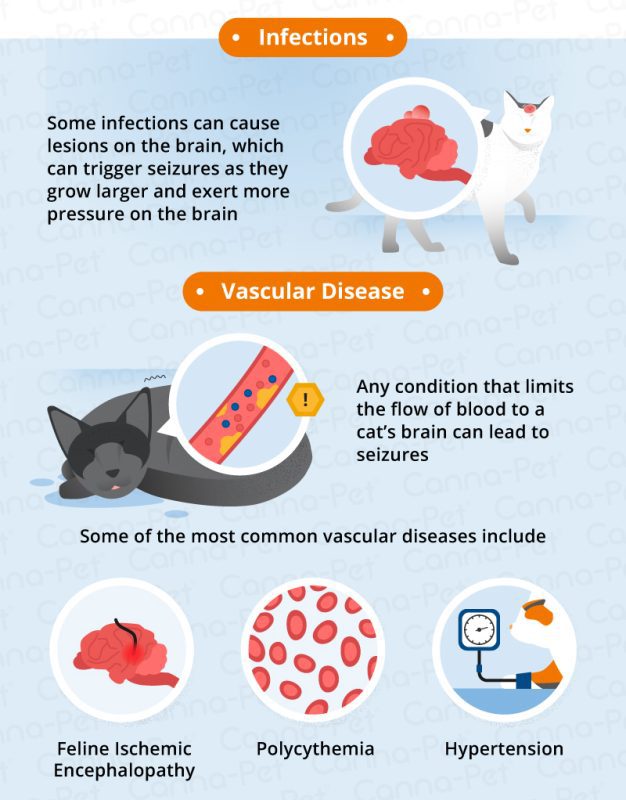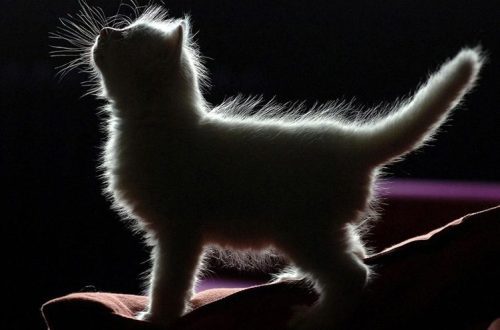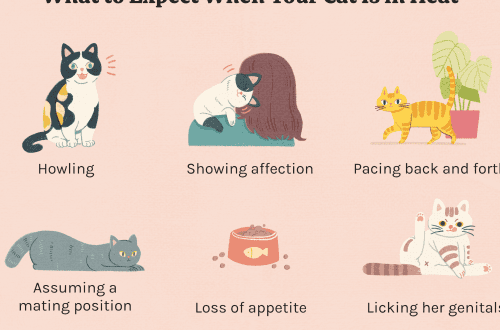
Seizures in cats: causes of an attack, treatment and prevention
At the sight of convulsive seizures in a beloved pet, any owner can be frightened. Seizures in cats caused by abnormal electrical activity in the brain may be accompanied by paw twitching, salivation, and clenching of teeth. While these seizures look frightening, they are not always a medical emergency.
Why does a cat have seizures and what to do about it?
Contents
Cat cramps: reasons
Seizures in cats fall into two categories: intracranial, that is, caused by causes inside the skull, and extracranial, that is, caused by causes outside the skull.
Causes of intracranial seizures include:
- brain tumors;
- brain infections;
- trauma and inflammation of the brain;
- brain parasites such as toxoplasmosis.
Extracranial seizures can be caused by:
- liver or kidney disease;
- exposure to a flea or tick medication not intended for cats;
- taking medicines for a person;
- heat stroke;
- infectious diseases;
- high blood pressure.
Seizures in cats can also occur as a result of epilepsy, which means that the cause of the seizure remains unknown.
Seizures in cats: symptoms
Seizures in cats can take many forms. Generalized or grand mal seizures may include convulsions, limb stiffness or twitching, loss of consciousness, abnormal vocalization, and loss of control over urination or defecation.
A grand mal seizure may occur alone or as a series of seizures. It usually lasts one or two minutes. If the seizure lasts more than 5 to 10 minutes, the condition is called “status epilepticus” and is a medical emergency. In this case, you should immediately take the cat to the veterinary clinic. It must also be taken to the veterinarian after any attack for a complete examination and diagnosis.
Other types of seizures are absences, or partial seizures. During them, the cat may chase the tail or its shadow, show aggression or bite. They happen very rarely.
Sometimes seizures are so short that the owner may simply not notice them. In other cases, the owner may notice abnormal behavior after the seizure, during the so-called post-seizure stage.
The cat may look very tired or, conversely, be overexcited, eat and drink too much, or generally behave abnormally. If your pet shows any of these signs, you should contact your veterinarian.

Seizures in a cat: what to do
Except in cases of status epilepticus, seizures in cats are rarely a medical emergency. This means that the owner does not need to immediately contact the veterinary clinic. If your cat has had a seizure but it stops after one to two minutes, you should call your veterinarian and make an appointment to have your cat examined as soon as possible.
If the seizures are short but occur in a series of seizures, or if the cat has had several seizures at once, you should immediately take him to a veterinarian.
While the cat is having seizures of an epileptic nature or she is recovering from them, she should not be touched unless there is a risk that she will receive a dangerous injury, such as falling down stairs or into water. If you touch a cat during a seizure, it can bite or scratch hard.
If the seizure does not stop, the animal should be taken to the clinic for emergency medical care. Using a thick towel, lift and wrap the cat for safe transport. In the office of the veterinarian, you will need to answer questions about the medical history of the animal:
- number, frequency and duration of seizures;
- vaccination history;
- the place of residence of the cat – at home or on the street;
- nutrition and feeding regimen;
- whether the cat has recently had vomiting or diarrhea;
- recent weight changes.
Answering these questions will help your veterinarian recommend the right examination and treatment. The examination may include blood and urine tests, fecal analysis, and/or imaging studies, including x-rays, ultrasounds, and MRIs.
Treating Seizures in Cats
If the cat has status epilepticus, the veterinary team will provide emergency care. This may include placing an intravenous catheter, administering an anticonvulsant drug, a drug used to prevent or control seizures, and taking blood and urine samples for analysis.
If your cat rarely has seizures, medication may not be needed. If they happen more than once every six to eight weeks, treatment may be needed to prevent further brain damage.
If the cat is stable and is not currently in a seizure state, treatment may include oral anticonvulsants and addressing any underlying causes. If a veterinarian prescribes medication to a cat, it is important to follow the dosage instructions. Dosage changes or sudden discontinuation of the medication may lead to the recurrence or aggravation of seizures.
Severe cramps in a cat and nutrition
If a pet has seizures, a veterinary specialist or nutritionist should evaluate her nutrition. If your cat suffers from other diseases that can cause such pathology, such as liver or kidney disease, proper nutrition can reduce the impact of these diseases on the brain.
Any animal, including cats with seizures or neurological symptoms, will benefit from a complete and balanced diet high in antioxidants and omega-3 fatty acids, unless otherwise directed by a veterinarian.
Convulsive seizures are always a frightening sight. Fortunately, in cats, they happen very rarely. Proper veterinary care can often resolve the problem causing seizures and return the cat to normal.
See also:
Indigestion in a cat: what to do and how to treat
Choosing a veterinarian
Liver diseases in cats and their treatment with dietary cat food
Is your cat gaining weight?





